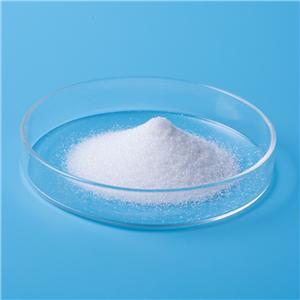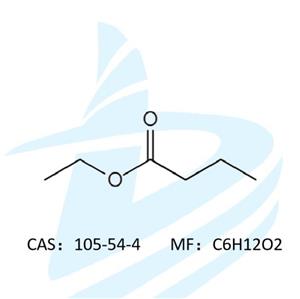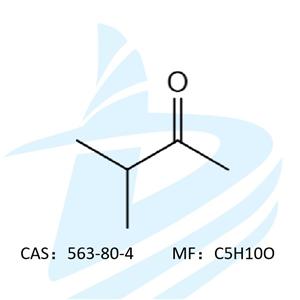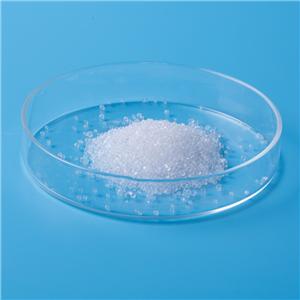Application of Butyric acid
Butyric acid is one of the important fine chemical raw materials. It is a short chain fatty acid, colorless to pale yellow transparent oily liquid. It could be widely used in industrial chemicals, animal feed additives, food and medicine etc. Following we listed several fields that butyric acid could work in.
Plastic industry
Cellulose ester derivatives of butyric acid are used for painting and molding. They have outstanding performance in heat, light and moisture resistance. Cellulose acetate butyrate can be dissolved in many solvents, it can mix with resin and plastic better than cellulose acetate monoester. It has high moisture resistance as well as excellent formability and shape stability. This kind of plastic is suitable for dry extrusion, and can guarantee the integrity of shape even when processing long objects. It is often used to manufacture toothbrush handle, building board, handrail, color flash lampshade, button, instrument shell, helmet, glasses, fire-fighting equipment and other daily necessities.Spice / Food Industry
As food additives and flavors, it is mainly used to produce ester products Butyric acid esters have pleasant fruit flavor. For example, methyl butyrate has apple flavor, ethyl butyrate has pineapple flavor, isoamyl butyrate has pear flavor, and butylamide compounds have pepper flavor. Butyric acid camphor ester is also one of the daily edible flavors.pharmaceutical
It is mainly used for the preparation of pharmaceutical intermediates, such as γ - aminobutyric acid, which has a significant effect on the anti hypoxia ability of Carassius auratus; (R) - 2-hydroxy-4-phenylbutyrate ethyl ester (r2ehpb) is an important intermediate for the synthesis of benazepril, enalapril, lisinopril, ramipril and other ACEI, which are mainly used for the treatment of hypertension and congestive heart failure and other cardiovascular drugs Disease; alkyl substituted -γ- aminobutyric acid derivatives have certain effect on the treatment of neuropathy.Application in animal nutrition
A large number of studies have shown that butyric acid, as an organic acid, not only has antibacterial and anti-tumor functions similar to antibiotics, but also has the functions of regulating metabolism, promoting intestinal tissue development, improving immune function, regulating intestinal microorganisms and electrolyte balance.4.1 Application dosage form
Because butyrate is free and volatile, it is generally made into relatively stable butyrate in production. At present, sodium butyrate and potassium butyrate are the most mature products in the market. In butyrate products, there are two dosage forms: powder and coating. The research shows that the effect of coating butyrate is better than that of powder.
4.2 Application Performance
4.2.1 application of butyric acid in pig production
There are many reports about butyric acid and its salts in pig production. They are mainly used for improving the lactation of sows, improving the growth performance of piglets and growth finishing pigs, and reducing the diarrhea rate. Weaned piglets' studies made by Legallm et al. (2009)showed that butyric acid intake can improve animal performance. If animals were fed butyric acid immediately after birth, animal performance would be further improved. PIVA et al. (2002) reported that adding 0.8g/kg sodium butyrate to the diet of piglets increased the average daily gain and intake of piglets (P < 0.05). Luo Haixiang (2006) made a study about adding 0.1% sodium butyrate to the diet of weaned piglets can significantly reduce the diarrhea rate and increase the average daily gain of piglets.
4.2.2 Nutrition of butyric acid in poultry production
Nolletetal. (2005) studied the effects of 0, 50, 100, 250 and 500 mg / kg sodium butyrate on the performance of laying hens. The results showed that with the increase of sodium butyrate dosage, the laying rate of laying hens increased continuously and the feed to egg ratio decreased gradually, but there was no effect on the egg weight. Qiu Chunhui (2007) showed that adding sodium butyrate to the basic diet of breeding ducks significantly increased the laying rate and the average daily intake of ducks, increased the villi and the absorption area of intestinal epithelium. Zhang Qian (2009) thought that adding sodium butyrate to the diet of laying hens could improve the laying rate and reduce the feed to egg ratio, but had little effect on the egg weight; Zou Yang et al. (2010) found that adding 200mg / kg of coated sodium butyrate to the diet could improve the feed conversion rate of broilers
4.2.3 The effect of butyrate on fish and shrimp can be summarized as follows:
1) lure food, promote food intake and reduce feed coefficient
2) Improve the quality of fish
3) Promote the growth and repair of intestinal villi;
4) Inhibit inflammation of intestine and reduce allergic reaction
5) Improve immunity
6) Promote liver health
7) Inhibition of Vibrio;
8) improve the palatability of feed.
Butyrate, as a food attractant and an intestinal protective agent, was first used in medicine. It is recognized as a feed material in Europe and gradually extended to livestock, poultry and aquatic products in China. It is a regulatory factor for non resistant substitution, prevention of aquatic diseases and pre prevention of aquaculture feed.
Butyric acid, as a green, safe and environmental additive, has a broad application prospect. It is believed that the research on butyric acid will be more mature in the near future, which will bring more economic and social benefits to the breeding industry.




